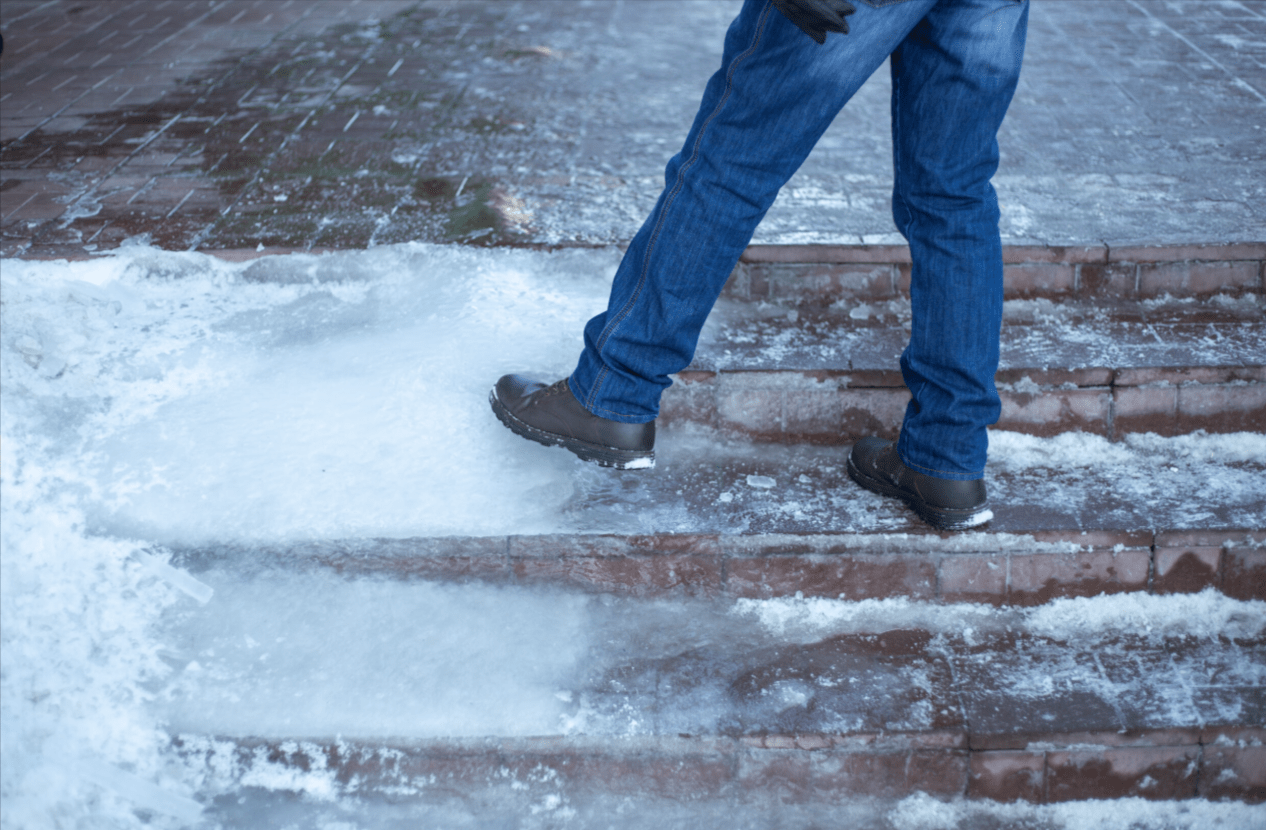Accidents happen. But when you slip and fall on public property, you might wonder if you can take legal action. This situation can be complex. Public properties often include sidewalks, parks, and government buildings. You need to understand the circumstances that can make a claim possible. To pursue a lawsuit, you must show negligence. This means proving that the responsible party knew or should have known about hazardous conditions. Document the scene right away. Take photos, gather witness statements, and report the incident to the proper authorities. Seek medical attention even if injuries seem minor. Remember, short deadlines might apply, so act quickly. Most importantly, get legal advice. An experienced lawyer will guide you through potential legal hurdles. They can help you understand your rights and possible outcomes. While the process may seem daunting, knowing your options is the first step in seeking justice and compensation.
Understanding Liability
When you fall on public property, determining liability involves several factors. Who is responsible? It’s essential to know which entity maintains the property where you fell. In many cases, local government entities are involved. But sometimes private contractors or other parties handle maintenance. Here is a comparison of who might be responsible:
| Property Type | Responsible Entity |
| City Sidewalks | Local Municipality |
| State Parks | State Government |
| Federal Buildings | Federal Government |
Understanding who is responsible is crucial because it affects how you proceed legally. Each level of government has different rules and timelines for filing a claim. Being aware of these nuances helps in building a strong case.
Proving Negligence
After identifying who is responsible, your next step is proving negligence. This is the cornerstone of any slip and fall case. You need to demonstrate that the entity knew or should have known about the hazard and did nothing to fix it. This requires evidence. Photos of the scene, maintenance records, and witness statements can strengthen your case. You must show that the hazard was present long enough that the responsible party should have addressed it.
Time Limits and Legal Procedures
Time is crucial in these cases. Filing deadlines, known as statutes of limitations, are shorter for public property claims. These deadlines vary by state. Missing these deadlines can result in losing your right to sue. For instance, some states require you to file a notice of claim within 30 to 60 days of the incident. Check with your local government or a legal expert to ensure you meet these deadlines.
For detailed information on state-specific filing procedures, you can refer to the USA.gov state consumer protection offices. These offices often provide guidance on how to proceed with your claim and what forms you need to fill out.
Potential Outcomes
Successfully suing for a slip and fall on public property can lead to compensation for medical bills, lost wages, and pain suffered. The amount depends on the severity of your injuries and the impact on your life. Legal experts can give you a clearer picture of what to expect. However, remember that each case is unique, and outcomes can vary.
Taking Action
Once you understand the steps involved, take immediate action. Document everything related to your fall. Contact a lawyer who specializes in personal injury cases involving public property. They will help you determine the strength of your case and guide you through the process.
Filing a claim against a government entity can seem intimidating. However, by staying informed and taking the right steps, you increase your chances of a successful outcome. Use the resources available to you, including legal counsel, to navigate this process effectively. Remember, protecting your rights is important, and you are not alone in this journey.
